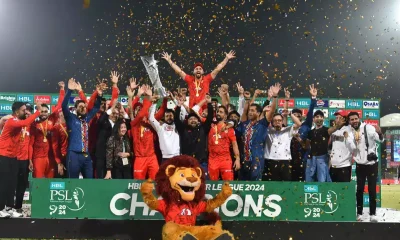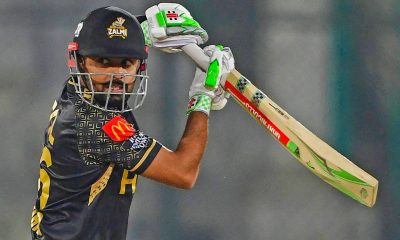The cricketing world has been abuzz with speculation and debate as rumors swirl regarding the potential exclusion of Virat Kohli from India’s squad for the T20 World Cup 2024. As one of the most accomplished and iconic cricketers of his generation, Kohli’s absence from the team would undoubtedly mark a significant development in Indian cricket. Let’s delve into the reasons behind this potential decision and what it could mean for both Kohli and the Indian team.
Transition in Leadership:
One of the primary factors contributing to the uncertainty surrounding Kohli’s inclusion in the T20 World Cup squad is the ongoing transition in leadership within the Indian team. Following Kohli’s decision to step down as captain of the T20 side, the reins have been passed to a new leader, ushering in a period of change and reevaluation of team dynamics. With the emergence of fresh talent and the need to groom future leaders, selectors may opt to prioritize younger players over established veterans like Kohli in their squad selection process.
Form and Performance Concerns:
While Kohli remains one of the most prolific run-scorers in world cricket, there have been murmurs of concern regarding his recent form and performance in T20 cricket. With younger players pushing for selection and competition for places in the squad intensifying, selectors may lean towards players who have been in better form and have demonstrated the ability to thrive in the T20 format. Kohli’s relatively subdued performances in recent T20 outings could potentially count against him when selectors finalize the squad for the World Cup.
Strategic Considerations:
Another aspect that selectors may take into account is the strategic balance and composition of the squad for the T20 World Cup. As the format places a premium on adaptability, agility, and match-winning capabilities, selectors may prioritize players who offer versatility and tactical flexibility in various roles. While Kohli’s batting prowess is undisputed, selectors may opt for players who provide additional options with their bowling or fielding skills, thereby enhancing the team’s overall balance and effectiveness in different match scenarios.
Fitness and Workload Management:
As a veteran cricketer who has shouldered immense pressure and responsibility throughout his career, Kohli’s workload and fitness levels are also likely to be taken into consideration by selectors. With the demands of modern-day cricket becoming increasingly intense, particularly in the fast-paced T20 format, selectors may opt to manage Kohli’s workload prudently, potentially resting him from certain series or tournaments to ensure his long-term fitness and availability for key fixtures.
Legacy and Transition:
Beyond the immediate considerations of form and selection, Kohli’s potential exclusion from India’s T20 World Cup squad could signal a broader shift in the team’s composition and identity. As stalwarts like Kohli gradually make way for the next generation of cricketers, the transition marks a pivotal moment in Indian cricket’s evolution, with younger players stepping up to fill the void and carve out their own legacies on the international stage.
Conclusion:
While Virat Kohli’s absence from India’s squad for the T20 World Cup 2024 remains speculative at this stage, the possibility underscores the dynamic nature of team selection and the ever-evolving landscape of international cricket. As selectors weigh their options and make tough decisions regarding squad composition, the focus remains on assembling a balanced and competitive team capable of delivering success on the global stage. For Kohli, the prospect of missing out on the World Cup presents a new challenge and opportunity to recalibrate his priorities and aspirations in the twilight of his illustrious career.















